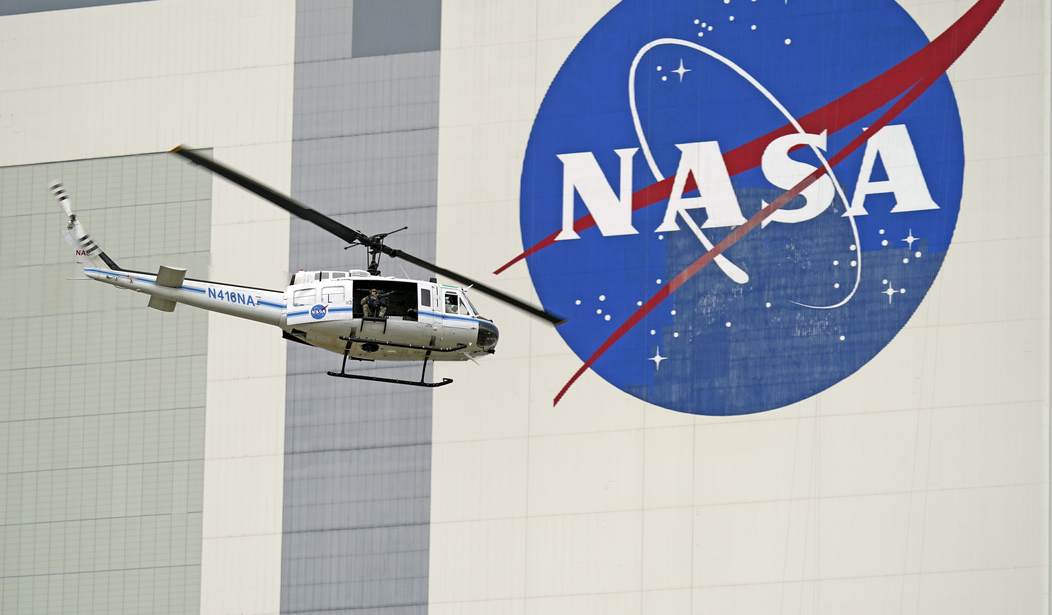There has long been speculation and controversy surrounding the handling of information by the National Aeronautics and Space Administration (NASA). Some claim that the space agency has concealed essential data from the public. Critics argue that NASA has been withholding and selectively concealing information about classified technologies and documents for political reasons, and a new report suggests the agency is hiding crucial details that could potentially threaten the Earth.
According to Natural News, a 70-cm asteroid entered Earth’s atmosphere and exploded over the perimeter of Siberia. This underlines the greater risk of larger asteroids that could cause damage or global disasters. Due to poor early detection systems, the asteroid was detected just seven hours before it exploded over Siberia. Despite the fiery event being nearly harmless, the near-miss served as a grim reminder of the dangers hiding in the cosmos, especially if the asteroid had been more extensive.
The report noted that NASA and the European Space Agency (ESA) are responsible for monitoring Near-Earth Objects (NEOs), or asteroids that come dangerously close to Earth.
— Earth is far more vulnerable to asteroid impacts than most people realize, and the systems in place to protect the planet are far from perfect. These agencies have sophisticated telescopes and advanced tracking systems, but the reality is that they can’t monitor the entire sky all the time. The Siberian asteroid was only spotted by a NASA-funded telescope in Arizona seven hours before it hit Earth. While that might sound like plenty of time, it is actually a dangerously short window. If the asteroid had been larger, it could have caused significant damage on the ground. And if it had been a true "city killer," like the 400-meter-wide asteroid that astronomers feared would hit Earth on Christmas Day in 2004, seven hours would not have been enough time to evacuate millions of people or devise a defense strategy. The fact is, there simply are not enough professional astronomers and telescopes to cover every possible angle. Most of the world’s advanced telescopes are concentrated in a few regions, leaving vast "dark zones" where no one is watching.
—This means that asteroids coming from certain directions — like over Japan or Russia — could slip through the cracks.
The report noted that even minor asteroids could cause significant damage to Earth’s core that could ultimately wipe out an entire city. It cited two instances in which an asteroid came close to this— once in 2004 and another time when a Chelyabinsk meteor exploded over Russia in 2013, injuring more than 1,600 people and damaging 7,000 buildings.

























